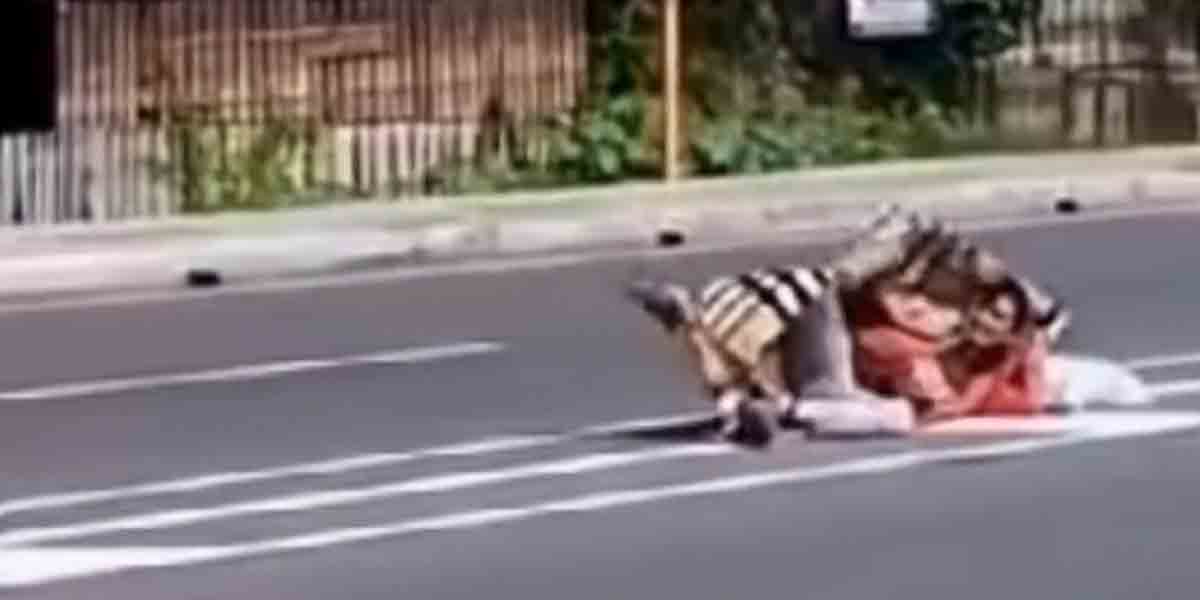 By Herbert Vego
By Herbert Vego
EVEN non-Christians greet one another “Merry Christmas” days ahead of December 25 – the supposed birthday of Jesus Christ.
In fact, it was an American Jew, Irving Berlin, who composed one of the most popular Christmas songs, White Christmas. It was first recorded by Bing Crosby in 1942.
Christmas has become so popular that legitimate opposition to its authenticity is no longer taken seriously. Most of us don’t even know that there used to be Protestant Christians who openly denounced it for being a “duplicate” of a pagan celebration.
Indeed there is no doubt among Bible scholars that Jesus could not have been born on a winter day, December 25, in 4 B.C. For on the day of his birth, the shepherds in Bethlehem were out in the fields grazing sheep – an impossible scene in snowy winter. Born in a manger, the naked child Jesus could have frozen to death.
Even the year is erroneous. How could he have been born in 4 B.C. or four years before his own birth?
This is because of the error traced to calendar maker Dionysius Exiguus, who reckoned in the 6th century that Christ was born 754 years after the founding of Rome. It later turned out he was four years off in dating the year of Christ’s birth.
The celebration of the first December 25 Christmas – according to Roman Catholic Church history – occurred in Rome in 320 A.D. It could not have been coincidental that the date had always been celebrated by pagans as the Saturnalia or birthday of Saturn, the god of agriculture who was also known as the “Unconquered Sun.”
It was no coincidence. That first “mass of Christ” was aimed at converting the believers of Saturn into Christianity without discarding their cherished 12 days of feast, merry-making and gift-giving. The Church fathers at that time had no choice but to tolerate the inebriation and free sex that new converts had been accustomed to. The transition from the “Unconquered Sun” to “Unconquered Son” was thus accomplished.
With the Protestant Reformation in Europe in the 16th century, the followers of Martin Luther (a German) and John Calvin (a Swiss) questioned the propriety of celebrating Christmas because of its inaccurate date and its pagan origin. For instance, the custom of using pine or another evergreen tree for Christmas tree was also a take-off from the Roman Saturnalian symbol of fertility. A Puritan named William Prynne made a determined effort to abolish Christmas. The government of Scotland forbade it in 1593. It was also decreed illegal by Commonwealth England in the years 1649 to 1660.
However, in spite of anti-Christmas pamphlets, sermons, speeches and even incarcerations of celebrators, the Puritan stand eventually vanished. On the contrary, the symbols of Christmas have mushroomed.
The mistletoe — a parasitic shrub that grows on oak trees and is still the most distinguished Christmas decoration in the United States and Europe – was a Saturnalian “protector against infertility, disease and poison.”
The Western world has modernized Christmas with commercial trappings. The first Christmas card surfaced only in 1843 when J. C. Horsly lithographed in color a thousand copies of stiff cardboard showing young and old people raising glasses of wine over the words “A Merry Christmas and a Happy New Year to you.” All copies were bought and sent. One copy — sent by John Washborn to James Peters of 22 Theberton St., Islington, London — still survives.
One of the most controversial Christmas cards ever printed is a naughty one with this riddle: “Who was the sexiest man in history? Christ, because he rose from the dead.”
Santa Claus — a living Christmas symbol personified by a bearded, fat, red-robed gift giver – is a “reincarnation” of Saint Nicholas, a generous 4th-century patriarch of Constantinople (now Istanbul, Turkey). His evolution from a religious leader to a jolly, fat and good fellow was probably a natural result of the Catholic Church’s desire to deflect Christmas’ Saturnalian origin and to appease the Protestants.
Yes, Virginia, there is Santa Claus. He is in the “white lie” that Santa still moves through space on a cart pulled by reindeers to drop goodies into hanged socks and stockings of well-behaved children.
-oOo-
CUSTOMER CARE IS HER FORTE
WE have heard people wonder why MORE Electric and Power Corp., the new power distributor in Iloilo City, has hit the ground running in its first nine months of operation.
One obvious reason is the fact that its president and chief operating officer, Roel Z. Castro, is not really new in the industry; he had held the same positions at Palm Concepcion Power Corporation, the 135-megawatt coal-fired power plant in Concepcion, loilo.
Another reason is that Sir Roel is meticulous in hiring trustworthy and experienced subalterns. One of them, Ma. Cecilia “Maricel” C. Pe, heads the utility’s customer care department. Although she looks too young for that position, she has actually spent more than two decades climbing from the bottom to the top of the career ladder, as I found out only recently in a brief interview at Hotel del Rio.
An Ilongga, she finished high school at the University of San Agustin (1989) and graduated in 1993 with a degree in Business Management at the Colegio del Sagrado Corazon de Jesus, where she was a dean’s lister.
Maricel started working in 1994 as a teller at a Union Bank branch and moved on to the now-defunct Philam Bank as a marketing specialist.
From then on, she moved on to executive positions at Sanicare Products Asia and Tanduay Distillers.
She had also been working as a professor at the Concordia College in Manila when a friend urged her to apply for a corporate position at MORE Power. She passed the interview. This was sometime in 2018 when the House of Representatives had just awarded the company a 25-year franchise as sole distribution franchisee for Iloilo City.
As head of the customer care department, she has around 80 subordinates in three divisions — customer service, corporate communications and coporate social responsibility.
The birth pain of serving 65,000 initial customers “inherited” from the previous power franchisee could truly be intimidating. Add to that the task of enlisting 30,000 more to the roster of paying users. They are those who pilfer electricity with the use of so-called jumpers.
“It’s not always because they are unwilling to pay bills that they had opted to connect illegally,” the lady exec confided. “Some had tried to apply for lines under the previous utility but were refused because they could not comply with 14 requirements. We have solved this problem by scaling them down to four, namely a downloadable application form, a recognizable ID, proof of home occupancy certified by the barangay captain, and certificate of final inspection from the Iloilo City Hall.
“Others could not afford to pay the minimum bill deposit of two thousand pesos. We have thus implemented an installment scheme on a down payment of at least a thousand.”
It’s for the long-term benefit of pilferers to get rid of jumpers. Having no circuit boards and fuses, “jumpered houses” have no protection mechanism, hence very vulnerable to fire.
An on-going “promo” to encourage tipsters to report and discourage illegal connections is the “Jumper Mo, Noche Buena Ko.” By reporting confirmed cases of pilferers reselling jumpered connections, a tipster is entitled to a reward of P3,000 for his/her Noche Buena feast.
So far, MORE Power has dismantled more than a third of these illegal connections and has filed cases against hundreds of suspects for violation of the anti-power pilferage law (Republic Act No. 7832), punishable by six or more years of imprisonment.
Incidentally, Ms. Maricel discussed the above points as our resource person in yesterday’s “Tribuna sang Banwa” program on Aksyon Radyo, hosted by Neri Camiña and this writer.






















